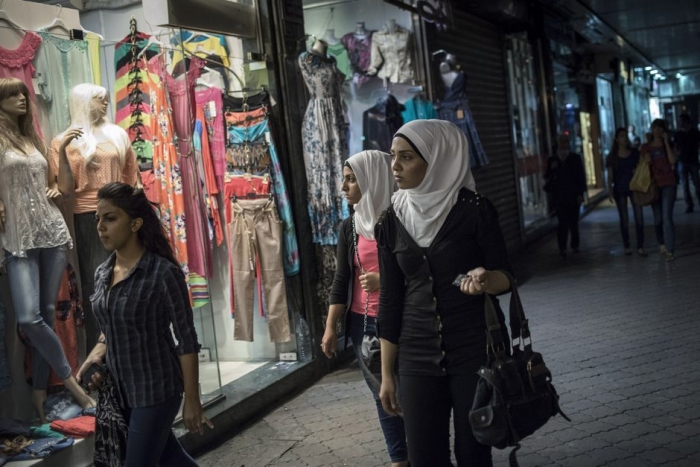Clothes in Syria this Eid are selling for over 50 percent more than last year’s prices as the country continues to battle years-long inflation, according to field research in regime-controlled areas in the capital Damascus.
The study, published by the website “Syrian Economic News,” which works in regime areas, revealed that most Syrian families have tended toward locally produced clothes. The price of a child’s suit for ages between a year and five years was 11,000 Syrian pounds, and a child’s gown was 18,000 pounds, and footwear between 5,000 and 8,000 pounds, that is, the price for garments for a single child was 15,000 Syrian pounds ($70).
Prices of clothes for young men between the ages of 18 and 30 were as follows: 6,500 pounds for a cotton sweater, a long-sleeve shirt was 19,000 pounds, a polo shirt was 8,500 pounds, a pair of jeans was 11,500 pounds, sport shoes were 13,500 pounds, meaning that the price of garments for a young man was 30,000 pounds ($138).
The price of a men’s suit was 32,000 and a tie was 3,000 pounds. A belt was 5,000 pounds, cloth pants were 12,000 pounds, and formal shoes were 15,000 pounds, so that the price of a man’s garments came out to 50,000 pounds ($231), according to the study.
Regarding women’s wear, the issue required lengthy explanations, given the diversity of women’s needs in clothing, accessories, make-up, shoes and bags. The study was limited to the essential items, which were as follows: a cotton sweater for 8,500 pounds, a skirt was 12,000 pounds, a dress was 17,000 pounds, a bag was 8,500 pounds, shoes were 13,000 pounds, a pair of high heels was 22,000 pounds, a pair of jeans was 18,000 pounds, a formal suit was 25,000 pounds, an evening dress was 30,000 pounds, and a coat was 22,000 pounds, meaning that the price of a woman’s garments on average came out to about 70,000 Syrian pounds ($320).
All the prices that the study covered were for clothes of local origin manufactured inside Syria, and could carry the name of a foreign trademark in accordance with its licensing.
The question remains: How can a family with an average income of 30,000 Syrian lira a month afford clothes for two children and celebrate the joy of Eid like every year?
This article was translated and edited by The Syrian Observer. Responsibility for the information and views set out in this article lies entirely with the author


